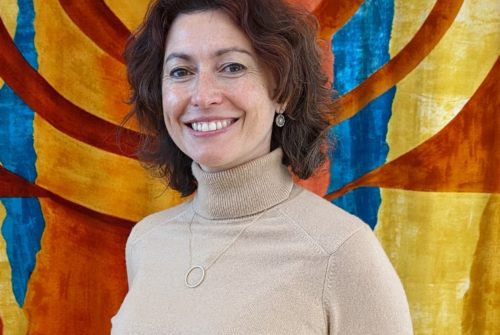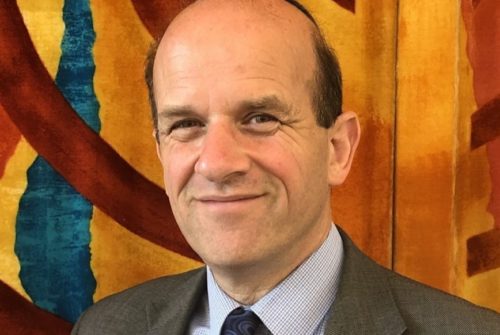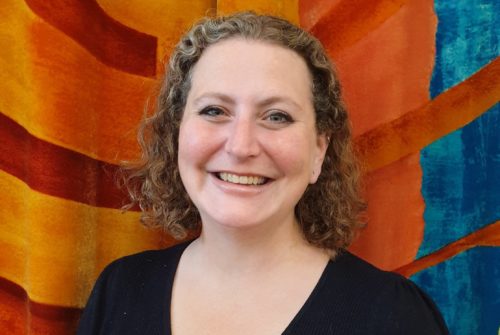The second of the Ten Commandments tells us not to carve a statue representing a living thing. The reason why, in its context, is that it may then become an object of worship or veneration, replacing God. This commandment has created within Judaism a principle that our Synagogues do not have statues or representation of humans in them. It also means that the State of Israel has relatively few statues of past leaders around, just not a Jewish thing to do.
Today the values of some of the people whose statues stand in our public spaces worldwide have led to calls for their removal or the action of removal, such as the statue of slaver and philanthropist Edward Colston in Bristol or of Cecil Rhodes in Oxford. Many Jews have not been surprised that these statues have become flashpoints because they honour the values and reflect the hierarchies of the times in which they were put up and some of these values we now recognise as immoral.
For Jews our lives stand as our memorial as they live on in the memory of our loved ones. We say ‘zecher tzadik/ah livracha’ that the memory of a righteous person is a blessing. Our Rabbis say that the ‘crown of a good name’ exceeds the crown of learning, royalty or the priesthood (Mishnah Avot 4:13). It is who we were as a person of positive values that stays behind us and influences our future generations. We need not be venerated by being carved in stone, rather we can know that we live on in the quality of the values that we pass down to our descendants.



